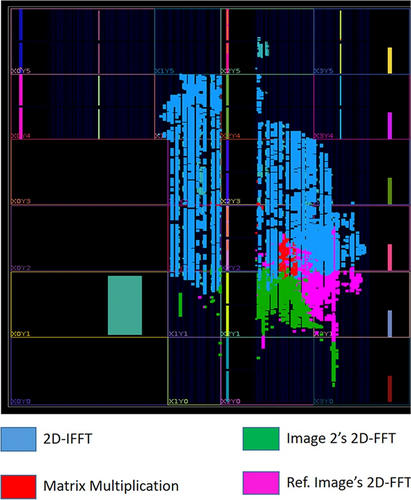RESEARCH HIGHLIGHTS | IIA
TweetSolarAccel: FPGA accelerated 2D cross-correlation of digital images: Application to solar adaptive optics
PHANINDRA, D. V. S

The cross-correlation of two-dimensional digital images is fundamental to solar adaptive optics computations. It can be used in a simple tip-tilt correction system to identify the relative shift between consecutive images and correlating sub-aperture images of a Shack–Hartmann wave-front sensor. The typical frequency of computation is about 1 kHz. While the software-based optimized cross-correlations may be sufficient when a small number of sub-apertures are used in a wave-front sensor, hardware-accelerated (FPGA), correlations may be required when a large number of sub-aperture images are involved, e.g., in the case of the proposed National Large Solar Telescope in India. This paper presents SolarAccel: An FPGA-based acceleration of a basic two-dimensional cross-correlation of two images. We accelerate the FPGA-based design by pipelining the individual components of the cross-correlation process. We implemented our RTL logic on a few sets of 128 X 128 pixel images and 32 X 32 pixel images on a Xilinx Zynq Ultrascale + MPSoC on the ZCU104 FPGA evaluation platform. SolarAccel performs a 2D FFT 128 X 128 on a image faster than existing work. The cross-correlation on a 32 X 32 image is also faster than the existing work. This demonstrates that FPGA acceleration is beneficial in solar adaptive optics applications.